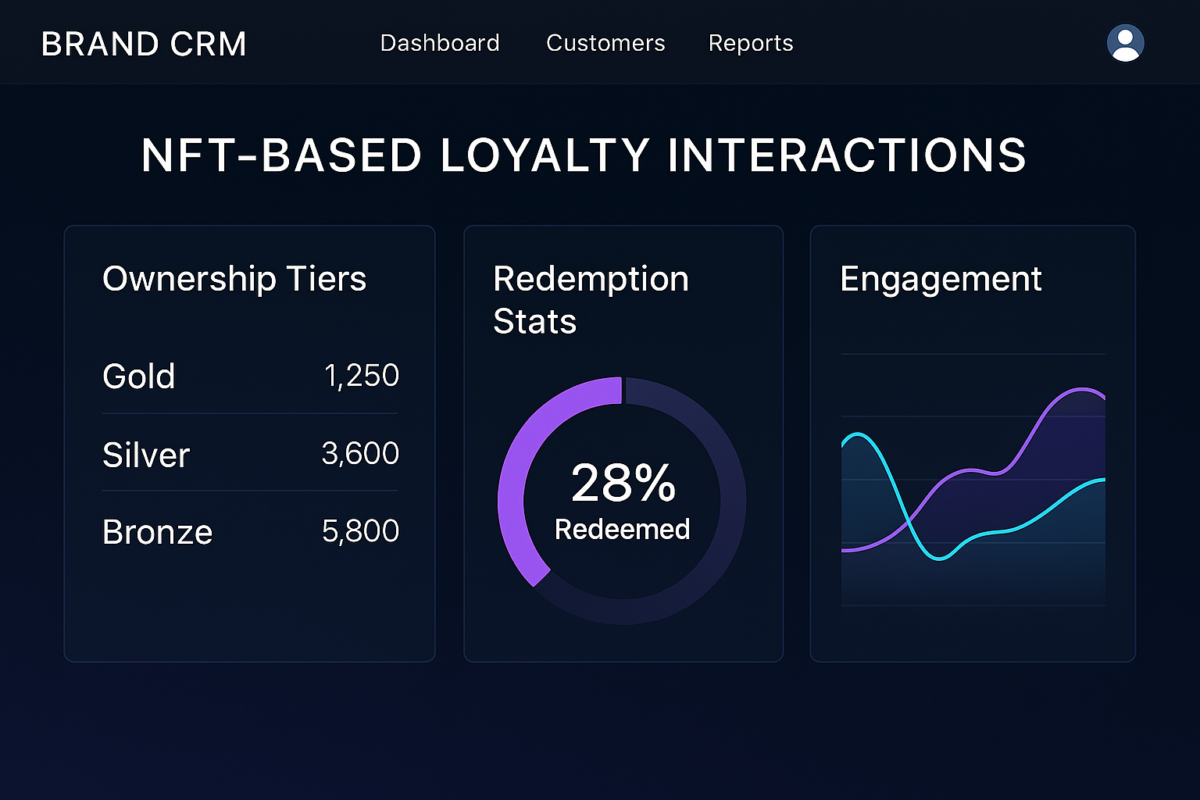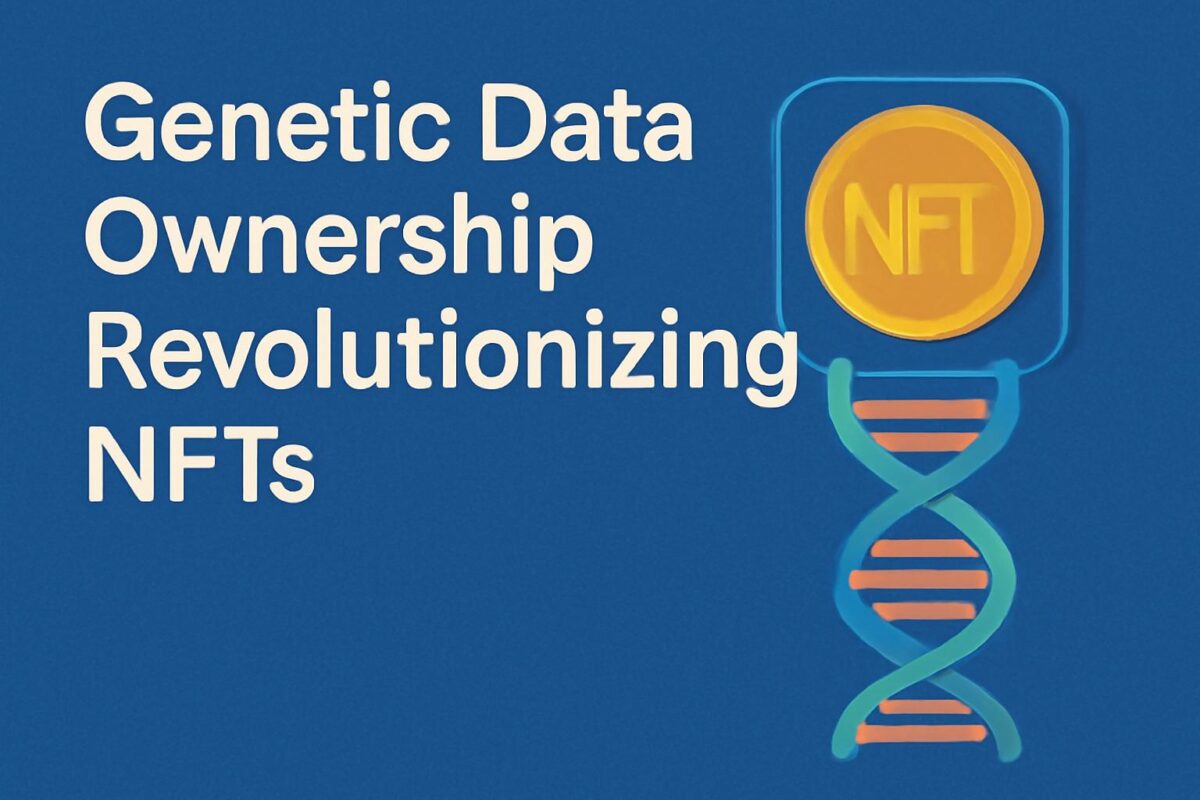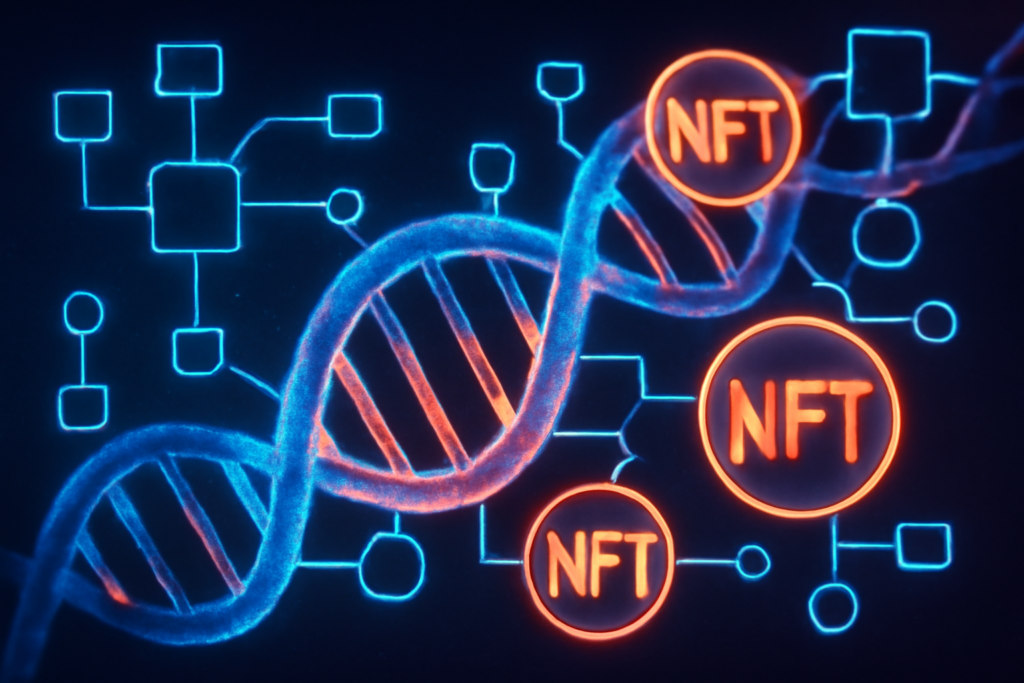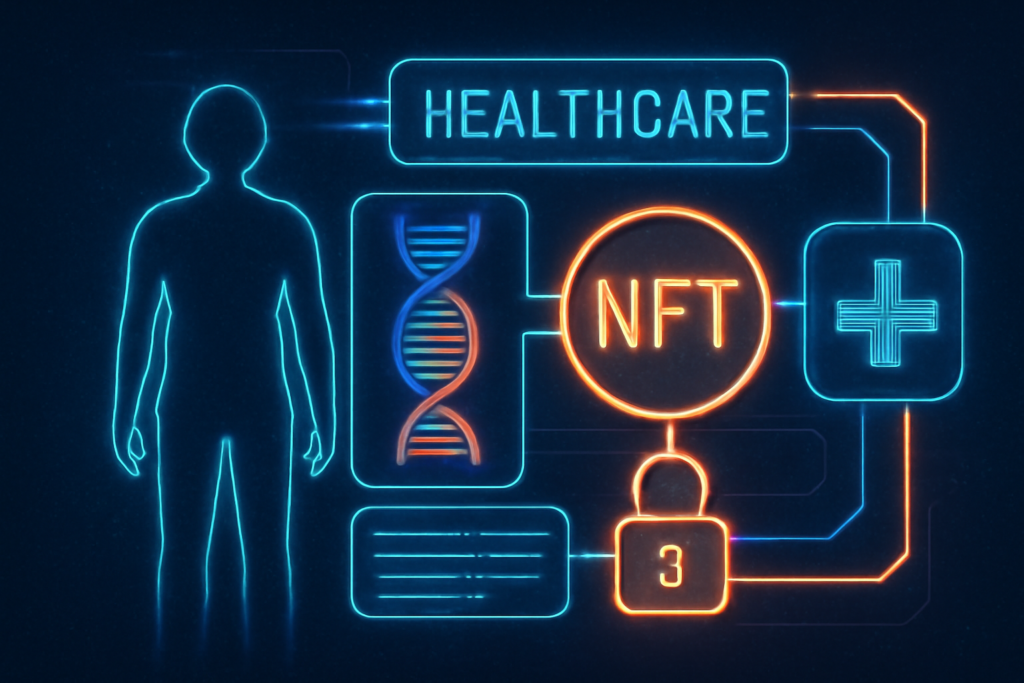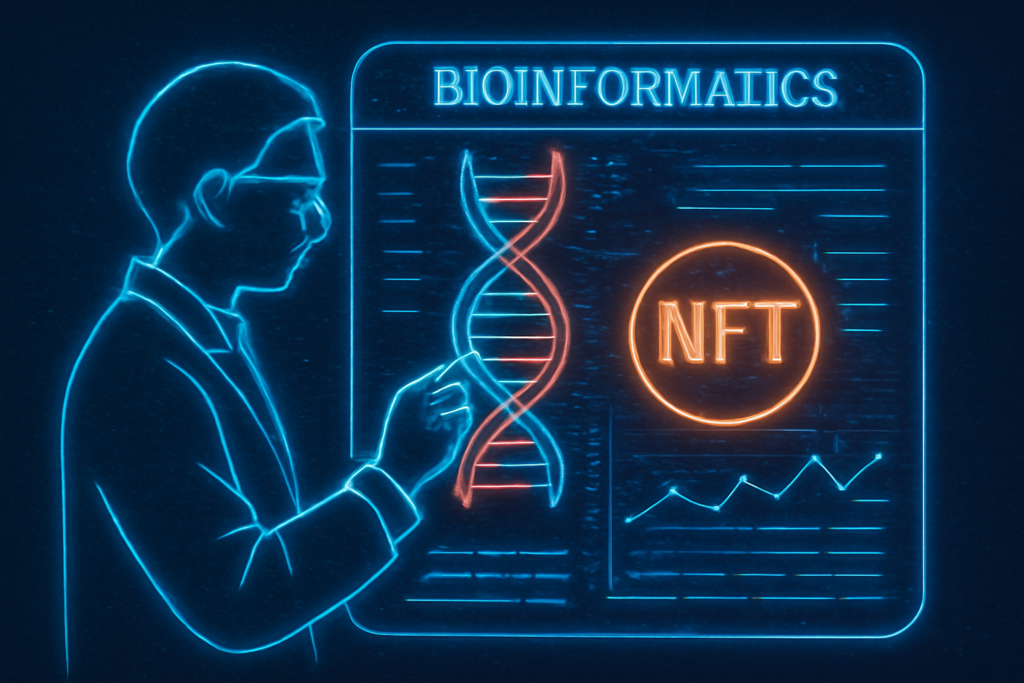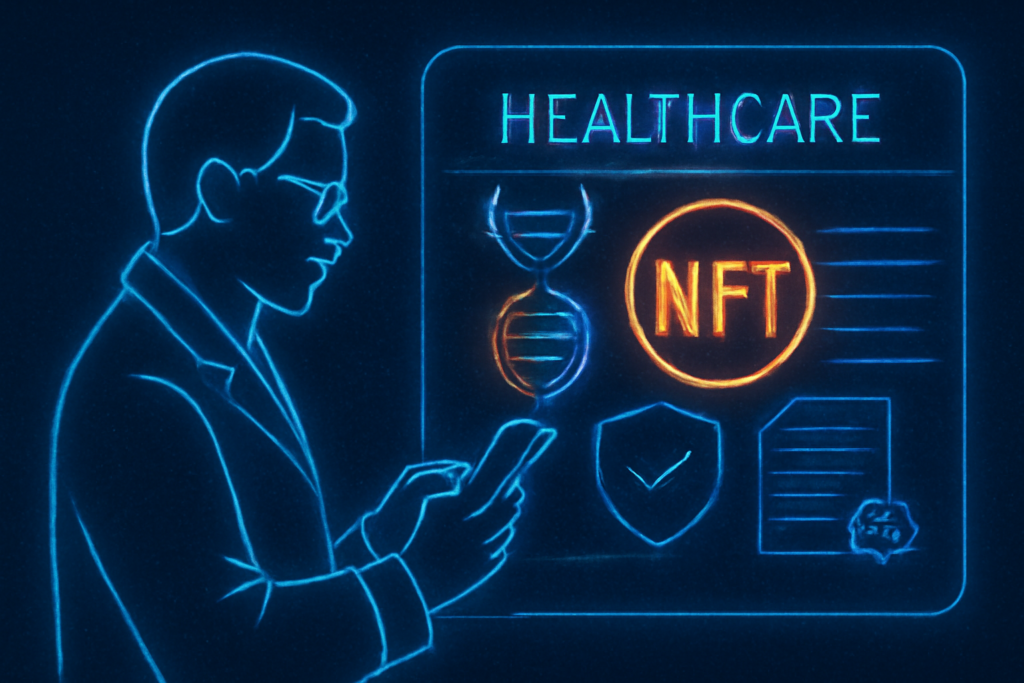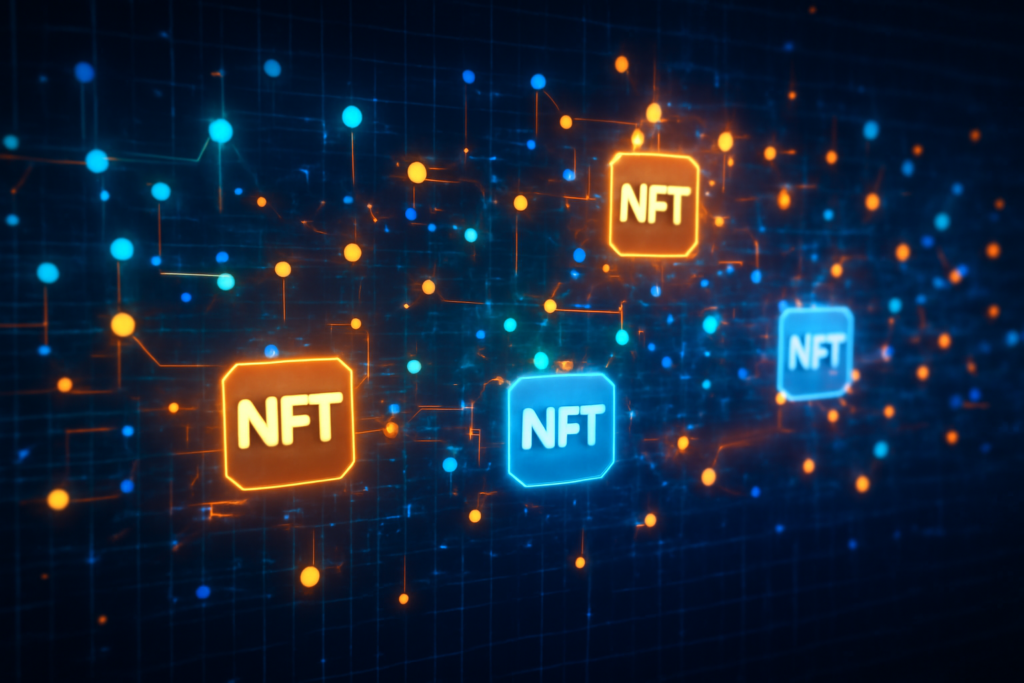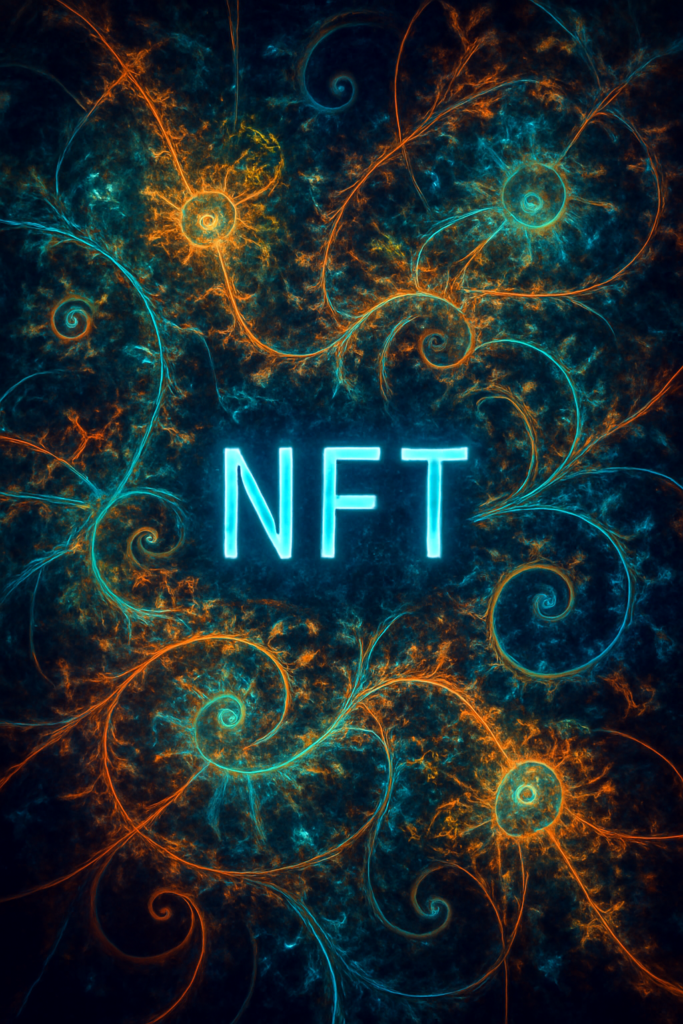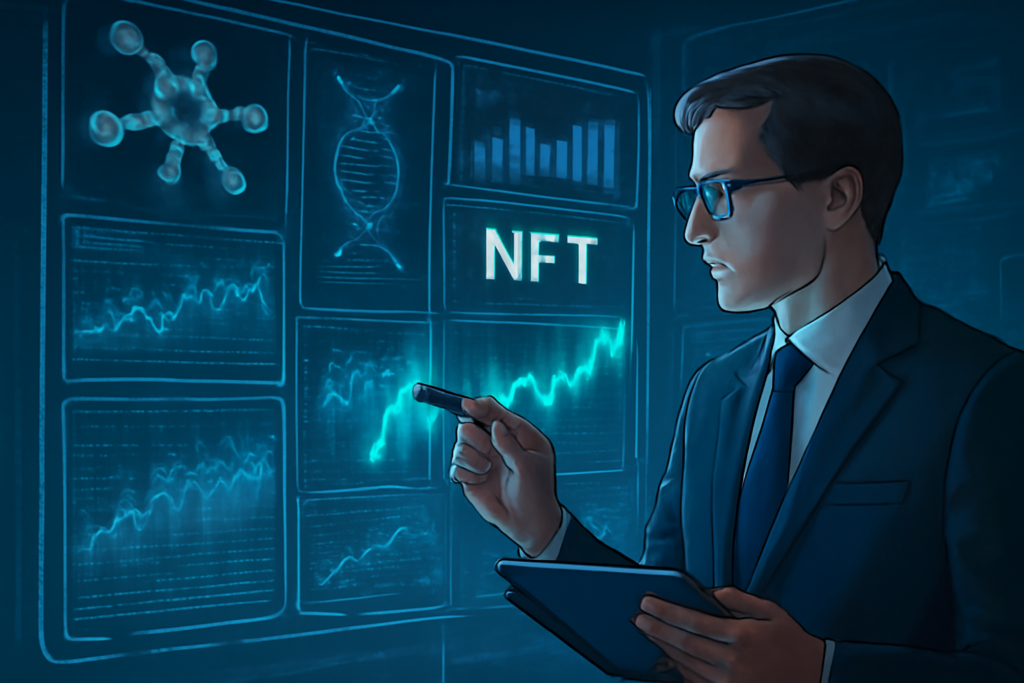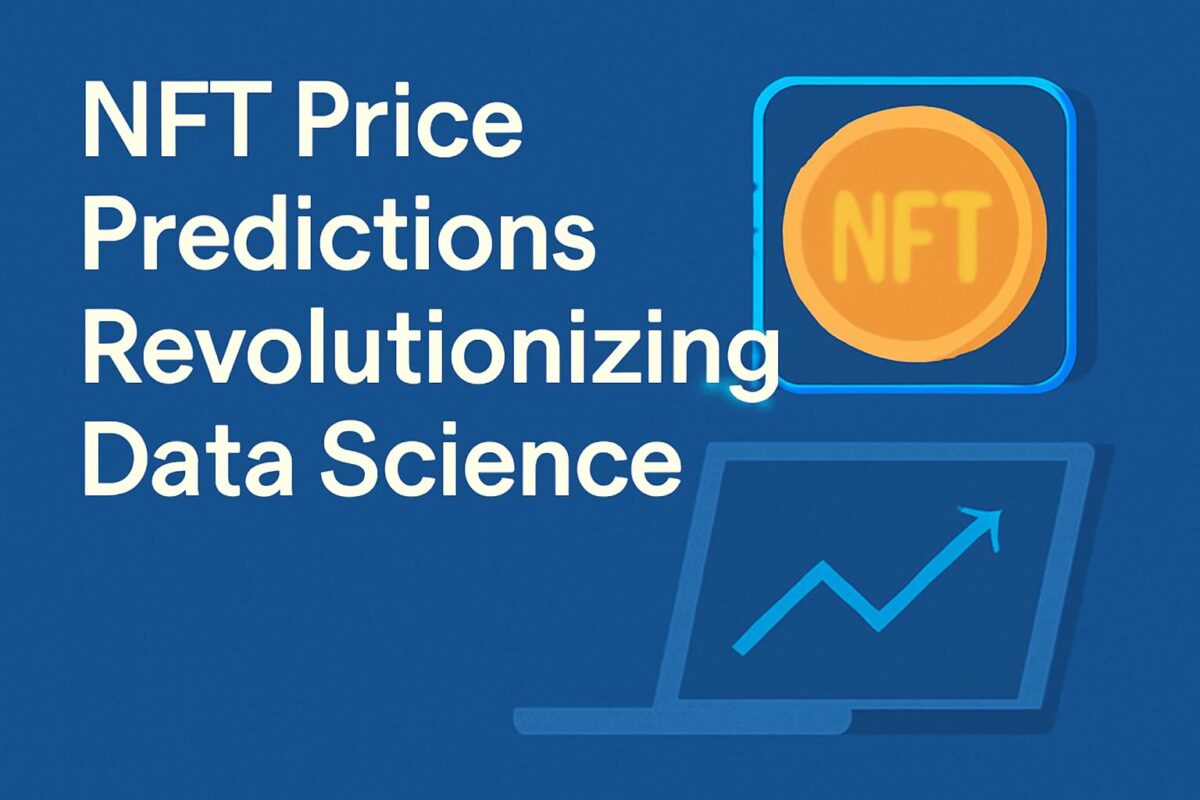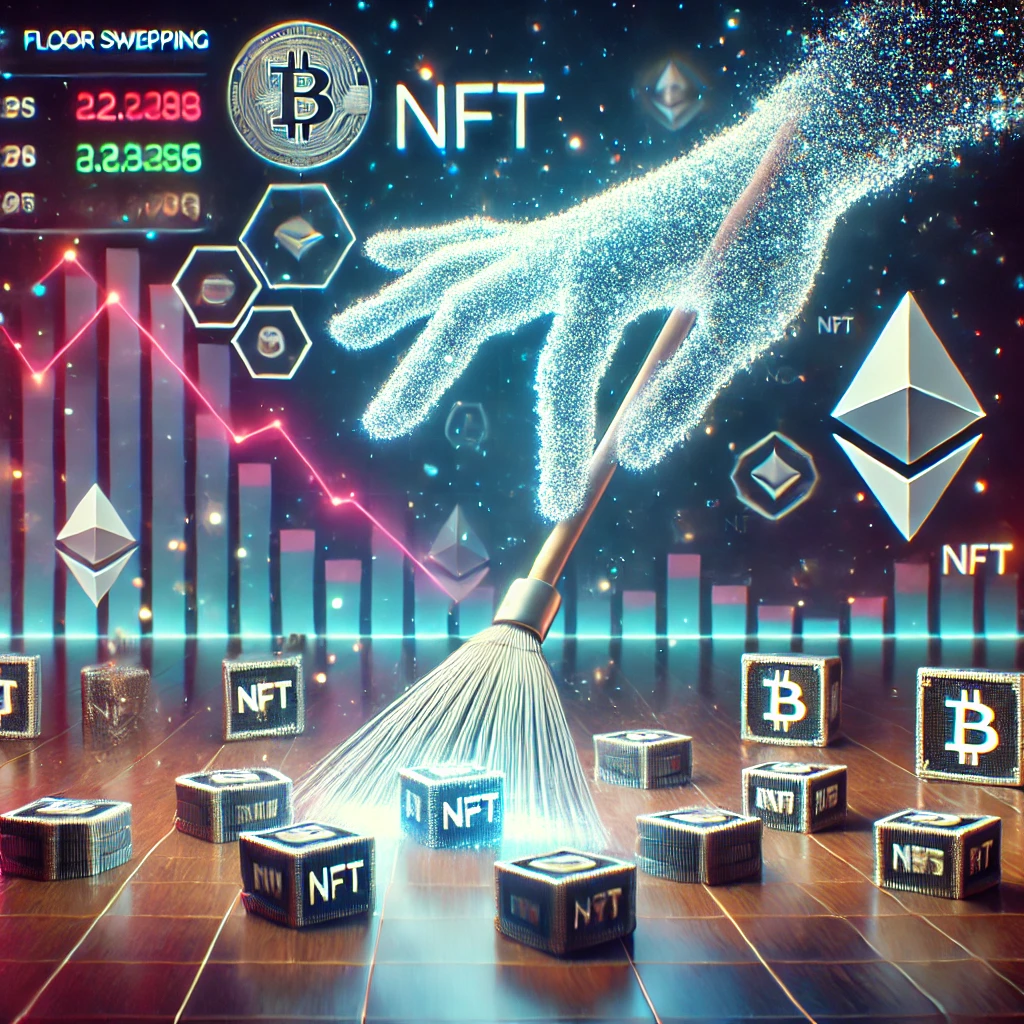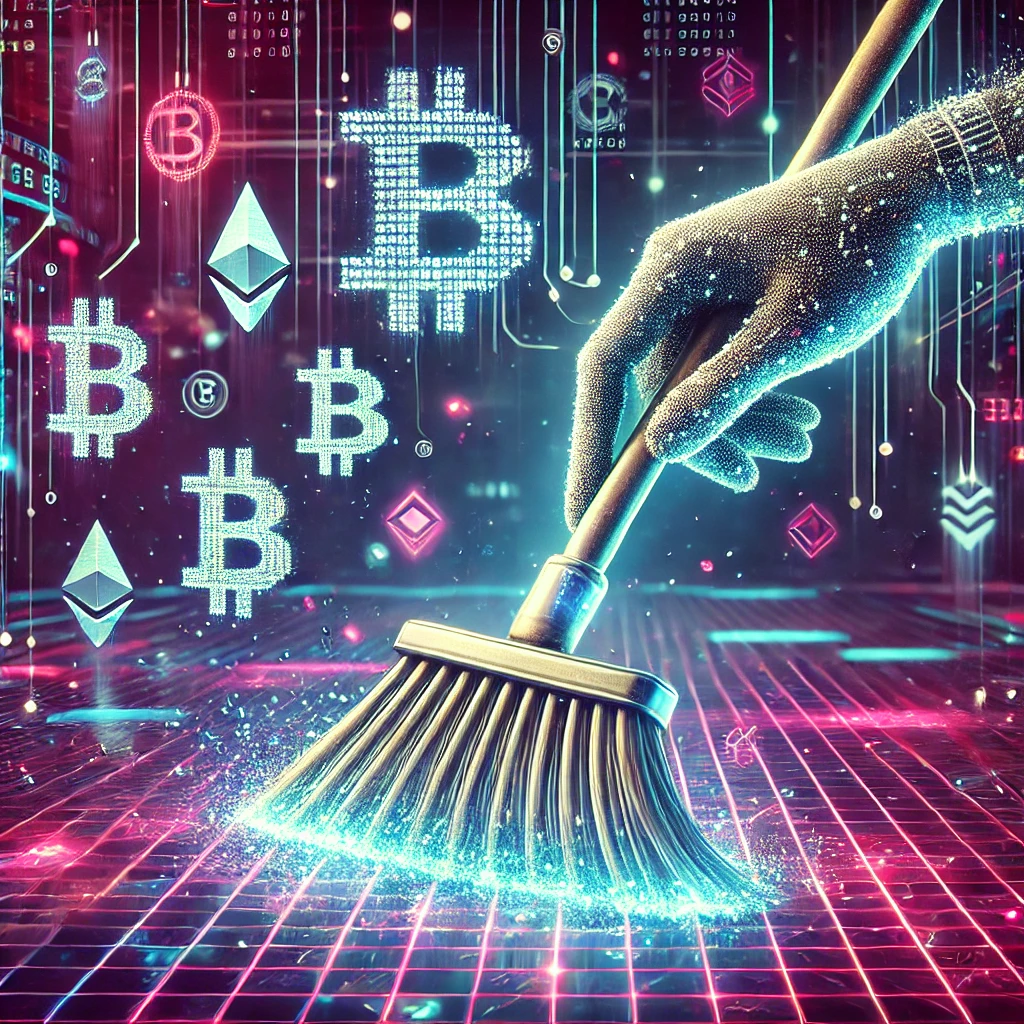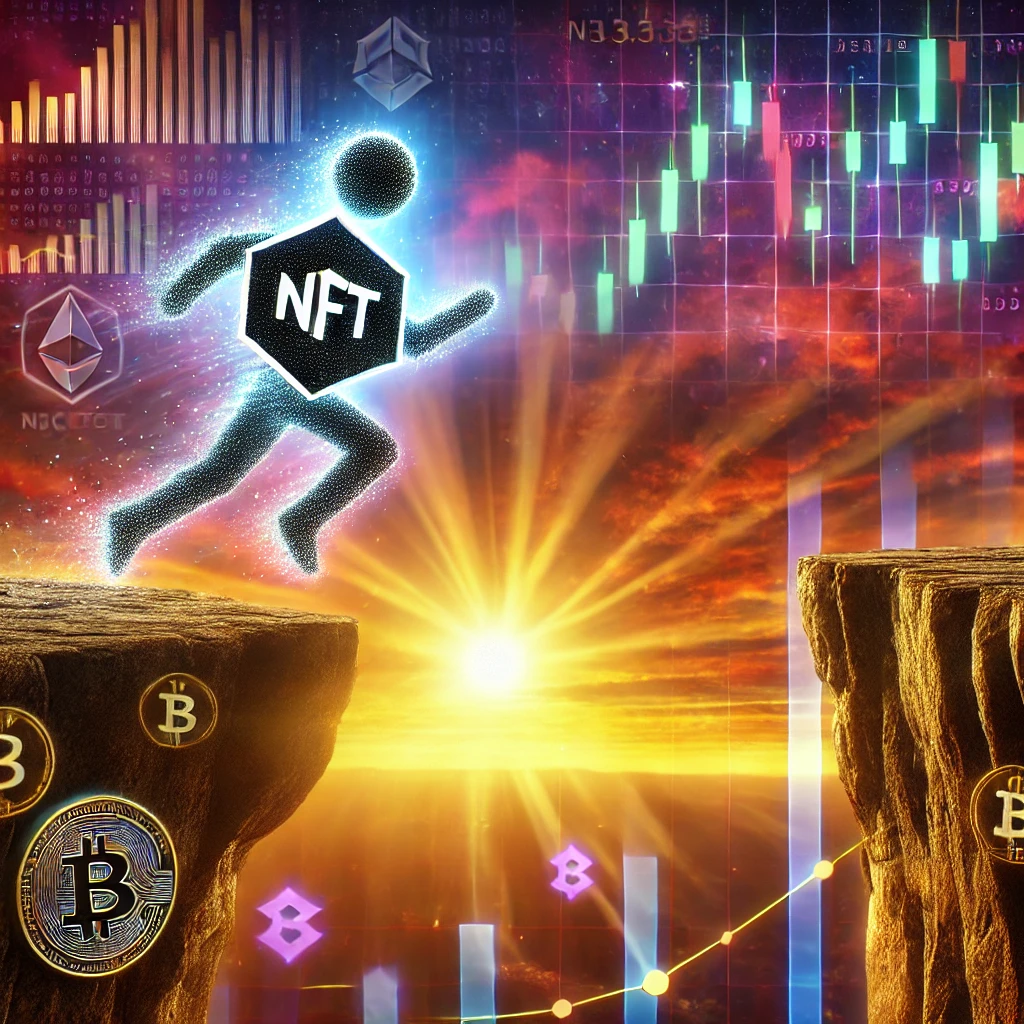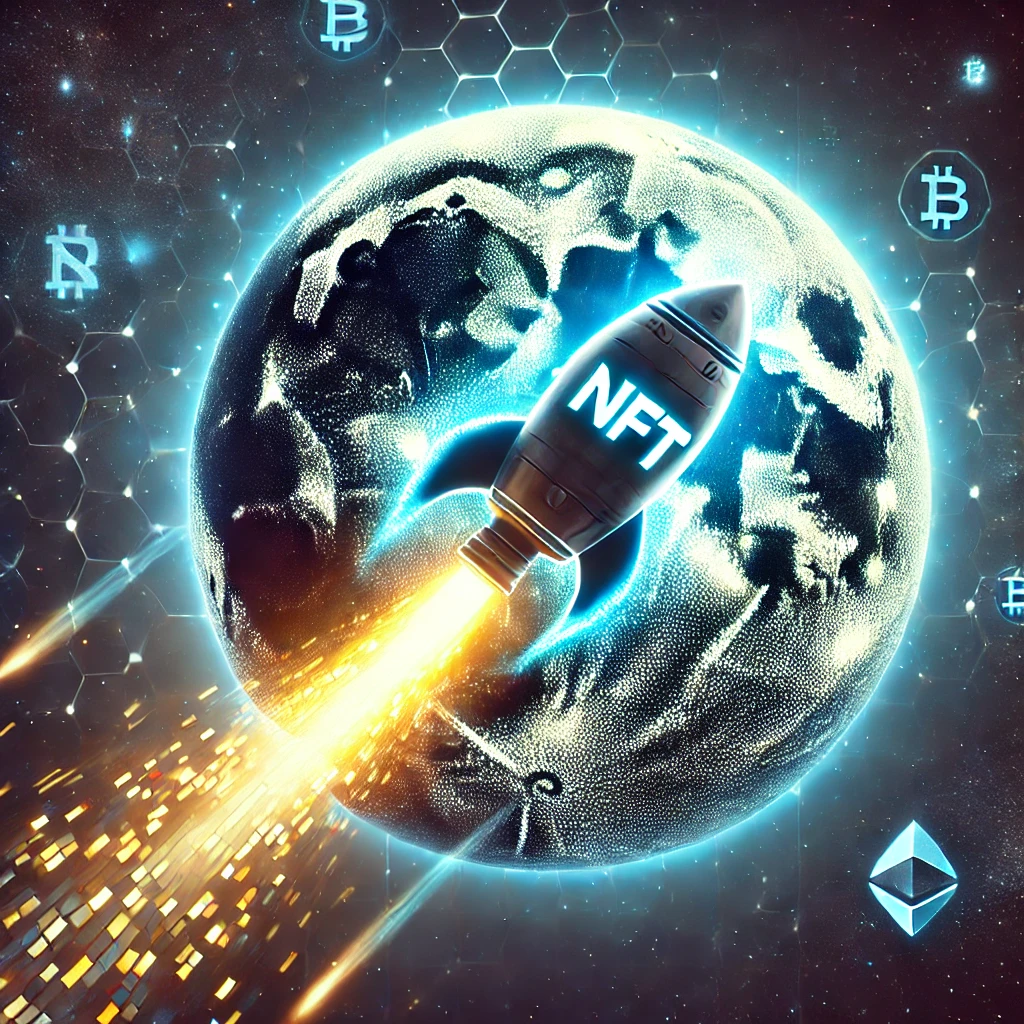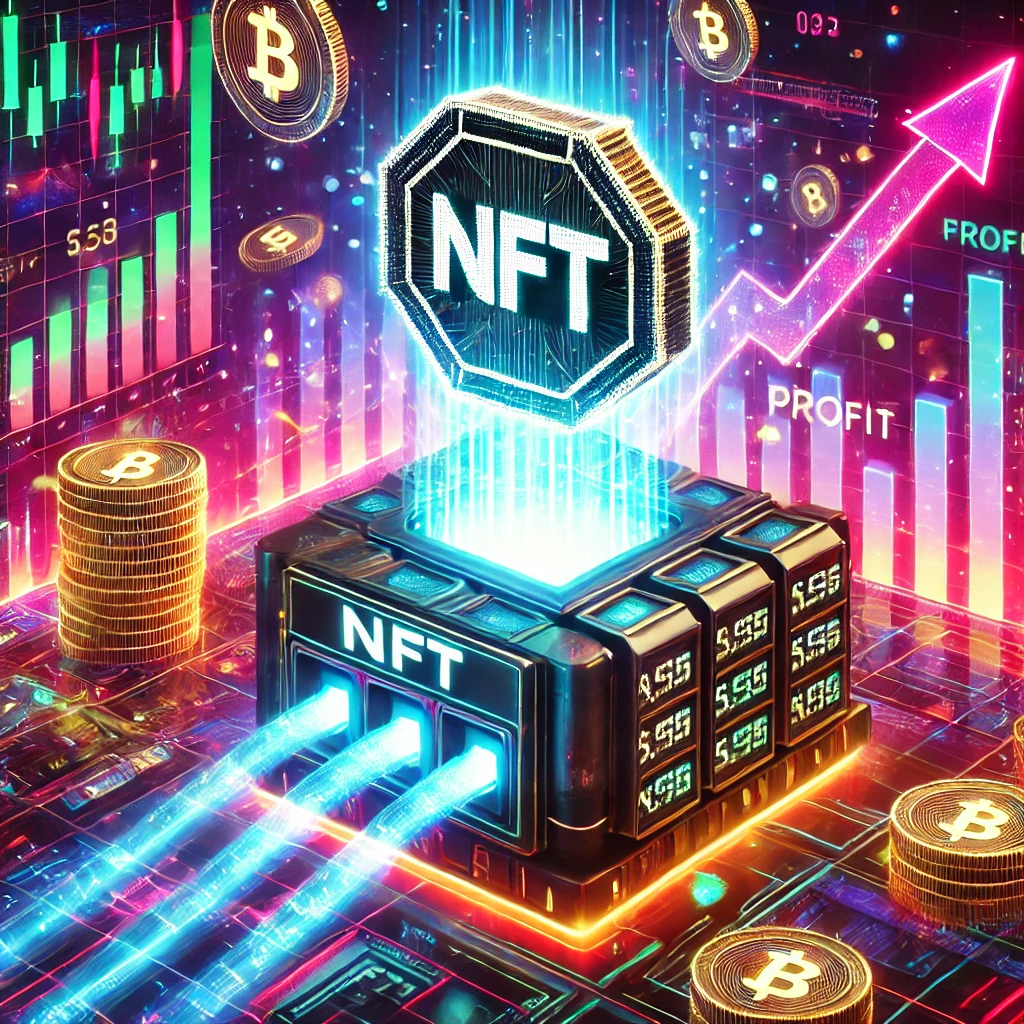NFTs in Customer Loyalty: Driving Lasting Brand Engagement
Introduction
Loyalty is no longer about plastic cards and point systems. Today’s consumers want recognition, exclusivity, and digital value they can actually own. NFTs in customer loyalty are transforming how brands reward, retain, and connect with their audiences. These blockchain-based assets are redefining the relationship between brands and buyers, offering unique experiences, tradable perks, and lasting engagement.
Why Traditional Loyalty Programs Are Losing Impact
Many loyalty programs feel outdated. Customers often forget they exist, rarely redeem points, or don’t see any personalized value. Moreover, users have no control or ownership over their rewards. The result? Low participation, minimal brand recall, and declining engagement.
Brands have started realizing that static rewards systems no longer work. Loyalty needs to feel fresh, gamified, and customer-first. That’s exactly where NFTs come in.
What Makes NFTs a Game Changer for Loyalty?
NFTs bring several benefits that elevate traditional loyalty mechanics:
- True ownership: Users hold NFTs in personal wallets, not centralized systems
- Transferability: Rewards can be gifted, sold, or traded on secondary markets
- Programmability: NFTs can evolve, unlock benefits, or track milestones
- Brand value: Rare NFTs create exclusivity and fandom, like digital merchandise
- Community building: Holders gain access to gated content, events, or early drops
These features enhance not only loyalty but also status, interaction, and emotional attachment to a brand.
Real-World Examples of NFT Loyalty in Action
Several global brands have already integrated NFTs into their loyalty systems, with great results.
Starbucks Odyssey
Starbucks launched Odyssey, a Web3 loyalty extension offering NFT stamps. Users earn stamps by completing challenges and purchases, unlocking exclusive experiences such as virtual classes or in-store perks. These NFTs can also be traded, adding value far beyond a coffee coupon.
Nike x .SWOOSH
Nike created an NFT platform where loyal users can unlock virtual sneakers, early access to collections, and IRL product drops. Ownership of a Nike NFT acts as a badge of brand fandom and priority status.
ALSO READ
Clinique and MAC Cosmetics
Beauty brands are using NFTs to offer early access to product launches, VIP tutorials, and collectible digital items. These NFTs often tie to limited-time bundles or personalized offers, deepening brand connection.
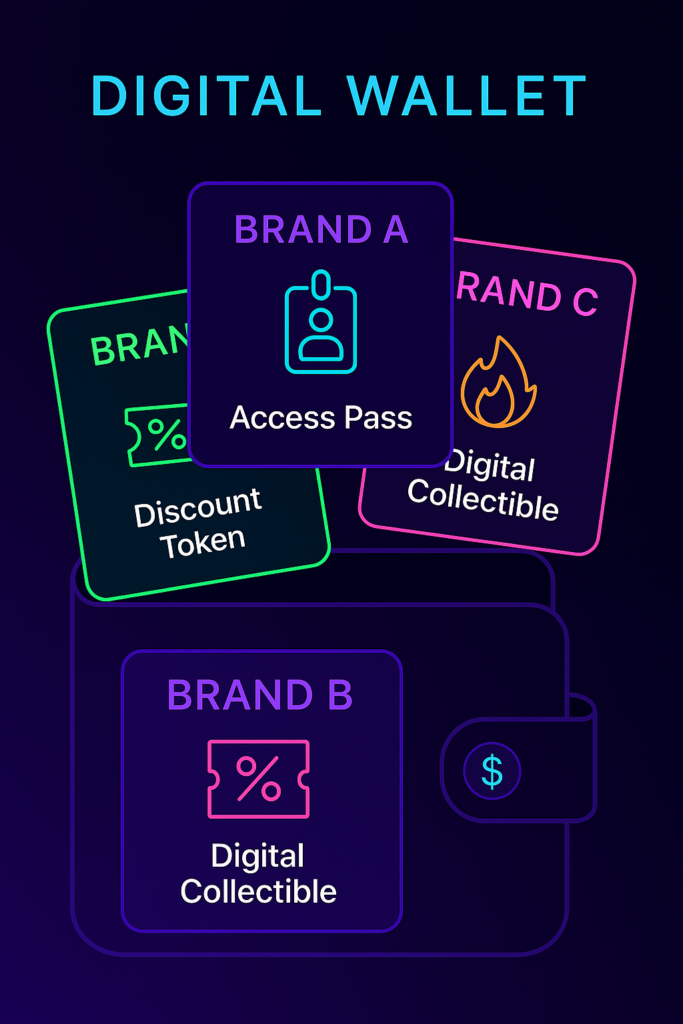
How NFTs Improve Engagement and Retention
Because NFTs are visible, ownable, and sometimes rare, users become emotionally invested. Every loyalty NFT feels like a collectible, something worth showing off or holding onto.
Brands also benefit from higher engagement:
- More frequent check-ins to claim or use NFTs
- Deeper emotional ties as users earn status-driven perks
- Lower churn since users fear losing exclusive rewards
- Stronger referrals when perks include invite-only bonuses
This turns loyalty from a passive system into an active ecosystem.
Gamification: Turning Loyalty Into a Digital Adventure
NFT-based loyalty programs naturally support gamification. Users can:
- Unlock levels by holding specific NFTs
- Compete in challenges tied to purchases or content interactions
- Earn achievements for long-term support or referrals
- Receive time-limited NFTs during seasonal events or sales
Gamified NFT systems increase repeat engagement while making loyalty feel exciting and social.
Personalization and CRM Integration
NFTs also complement CRM efforts. Each token’s metadata can carry purchase behavior, preferences, and reward history. This allows:
- Targeted email or push notifications based on NFT holdings
- Exclusive campaigns triggered by ownership levels
- Cross-platform experiences linking e-commerce, mobile, and physical stores
Because blockchain data is transparent and secure, brands can trust the integrity of reward histories while offering smarter personalization.
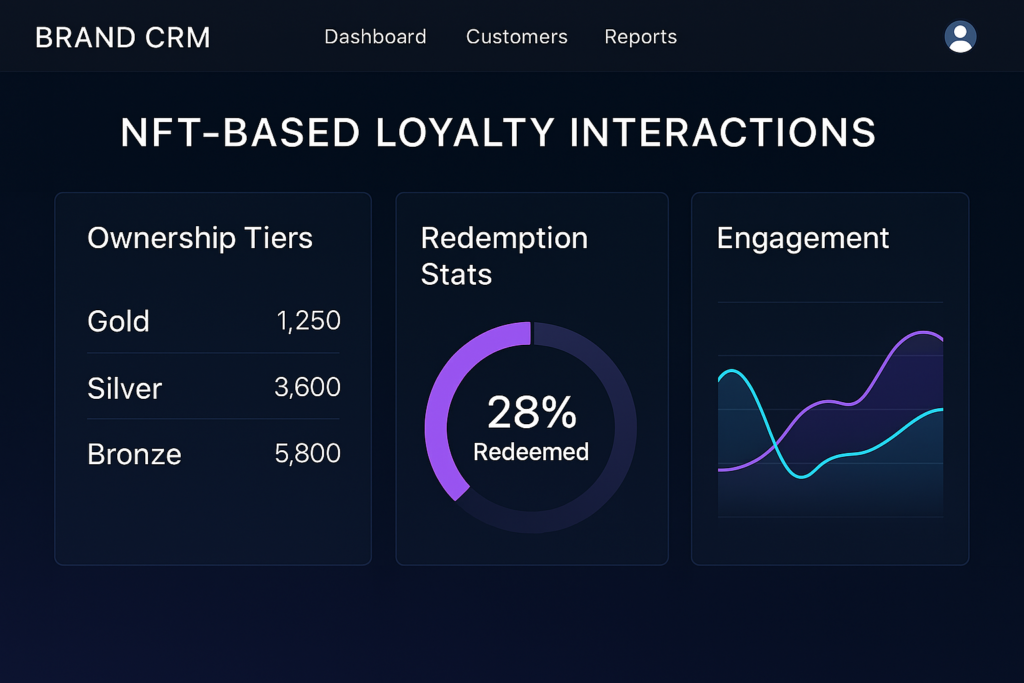
Security and Trust Considerations
Despite the promise, brands must approach NFT loyalty programs with care:
- Ensure rewards are meaningful, not just collectibles
- Choose eco-friendly blockchains like Polygon or Solana
- Design secure minting and redemption flows to prevent scams
- Offer clear onboarding for non-crypto users, including wallet setup help
Additionally, brands should monitor NFT transfers to prevent abuse while encouraging healthy engagement.
What the Future of Loyalty Looks Like
NFTs in customer loyalty represent just the beginning. In the next phase, we’ll see:
- Loyalty passports used across partner brands
- Dynamic NFTs that evolve based on customer behavior
- On-chain achievements tied to environmental, social, or community actions
- Tokenized surveys or feedback systems where users get rewarded for participating
Eventually, digital loyalty won’t feel like a points program. It will feel like belonging to something bigger.
Conclusion
NFTs are redefining customer loyalty for the modern era. They add emotional value, transferability, and utility that traditional programs lack. By offering customers a true sense of ownership, exclusivity, and interaction, brands can build long-term relationships that feel authentic and rewarding.
Call to Action
🎯 Want to launch your own NFT loyalty program? Download our free NFT Loyalty Playbook with use cases, tech stacks, and onboarding tips.
✅ Let me know if you’d like to:
- Copy the keyword list in CSV format
- Proceed to NFT Blog 3
- Tweak any part of this before publishing
